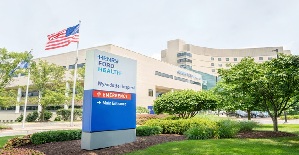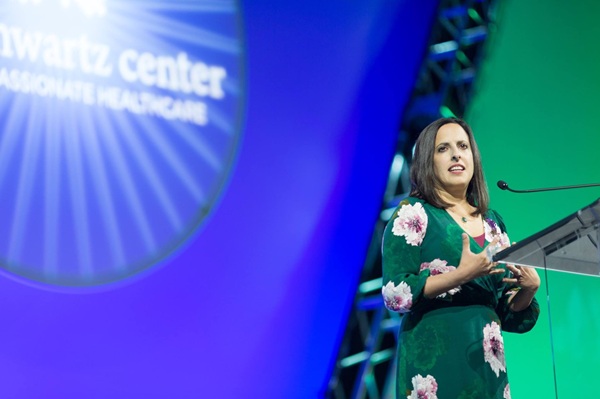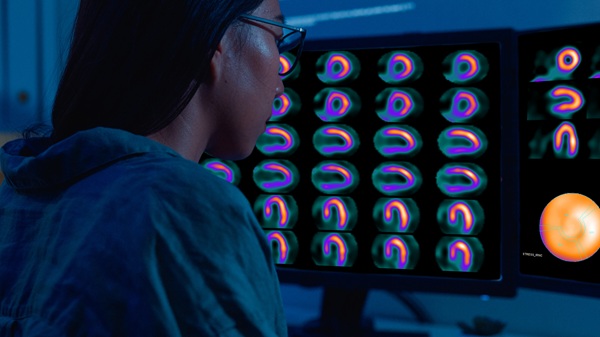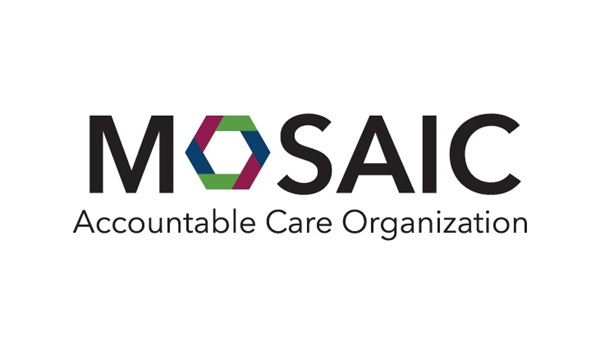Henry Ford Implants New Defibrillator for Sudden Cardiac Arrest
FOR IMMEDIATE RELEASE
DETROIT – A new internal defibrillator, on the cusp of a new standard of care in American cardiology to treat patients for a major heart risk, is being used at Henry Ford Hospital.
Compared to the current devices used to treat sudden cardiac arrest, the new internal defibrillator has less risk of infection, no clots forming in blood vessels, no lead perforation through the heart wall, or puncturing the lining of the lung. Also, the lead is not subject to normal wear and tear of heart movement, as it is just under the skin, not inside the heart, which can cause breakdown of leads, thus needing to replace them.
Internal defibrillators are small devices, similar to pacemakers, which send an electric shock to the heart to try to restore its normal rhythm. The lead is the flexible electrical wire that conducts the shock from the defibrillator to the heart.
“This device should be considered a first-line treatment for patients at risk for sudden cardiac arrest who do not require the regular stimulation of a pacemaker,” says Henry Ford cardiologist Arfaat Khan, M.D. “Patients with an increased risk of infection will benefit the most, such as those with diabetes or on dialysis, as well as young patients that may need to have leads replaced as they wear out over time.
“It has the potential to become the new standard of care,” adds Dr. Khan.
Sudden cardiac arrest is a leading cause of death in the U.S., claiming more than 350,000 lives each year, according to the Heart Rhythm Society. That’s more deaths per year than those caused by breast cancer, lung cancer, stroke or AIDS.
Henry Ford Hospital is the first in Michigan to implant this device, the only subcutaneous (under the skin) defibrillator to treat patients at risk for sudden cardiac arrest.
Traditional internal cardiac defibrillators have proven to be effective in the treatment of sudden cardiac death. Each year, approximately 200,000 of them are implanted in American patients who are at risk of sudden cardiac arrest.
The major risk factor for sudden cardiac arrest is coronary heart disease, including those who are unaware of their disease until their heart stops. However, it can also happen in people who seem healthy and have no known heart disease or other risk factors for sudden cardiac arrest.
Many people who have sudden cardiac arrest have had previous, undiagnosed heart attacks. They have had no heart attack symptoms, so are unaware that they've had one. Other risk factors for sudden cardiac arrest include heart failure, a history of arrhythmia, or substance abuse.
The risk of sudden cardiac arrest increases with age or heart disease, and men are two to three times more likely to have it than women.
Sudden cardiac arrest is an abrupt loss of heart function. Most episodes are caused by rapid and/or chaotic activity of the heart, known as ventricular tachycardia or ventricular fibrillation. Usually, the first sign is loss of consciousness, and no pulse. Shortly before that, some people may have a racing heartbeat or feel light-headed. Within an hour before sudden cardiac arrest, some have chest pain, shortness of breath, nausea, or vomiting. Most people who have sudden cardiac arrest die within minutes.
Sudden cardiac arrest is not the same as a heart attack. A heart attack occurs if blood flow to the heart is blocked. During a heart attack, the heart usually doesn't suddenly stop beating. However, sudden cardiac arrest can happen after a heart attack, or during recovery.
Eighty-six-year-old Gale Irwin of Taylor is a retired letter carrier who walks regularly. But he was getting short of breath in the spring, and his doctor discovered he had had a small heart attack. After having a triple heart bypass, at a follow-up exam his doctor did not feel that his heart was functioning well enough – although he did not need a pacemaker. Irwin became the first person in Michigan to receive the new device, and was discharged from the hospital the next day.
The new defibrillator is designed to provide the same protection from sudden cardiac arrest as traditional implantable defibrillators. But it is placed without the need for an electrical lead in the heart. Rather, the lead is implanted just under the skin, along the bottom of the rib cage and breast bone – it does not touch the heart. Since it does not travel through a vein into the heart, a physician can implant the device without going through blood vessels or the heart and without the need for fluoroscopy with x-rays to place the lead, and the resulting radiation.
The device has two main components: the pulse generator, which powers the system, monitors heart activity, and delivers a shock if needed; and the electrode, which enables the device to sense the cardiac rhythm and serves as a pathway for the shock delivery. The generator is placed at the side of the chest, and the electrode beside the breastbone.
The U.S. Food and Drug Administration approved the S-ICD System, manufactured by Boston Scientific.
.svg?iar=0&hash=F6049510E33E4E6D8196C26CCC0A64A4)

/hfh-logo-main--white.svg?iar=0&hash=ED491CBFADFB7670FAE94559C98D7798)








